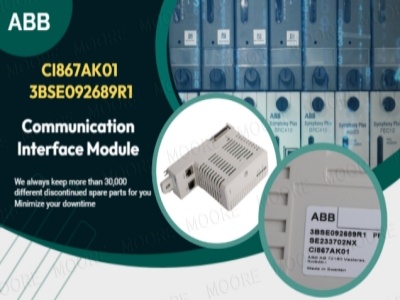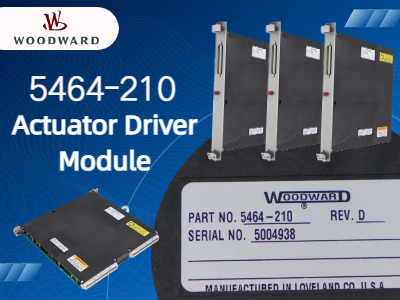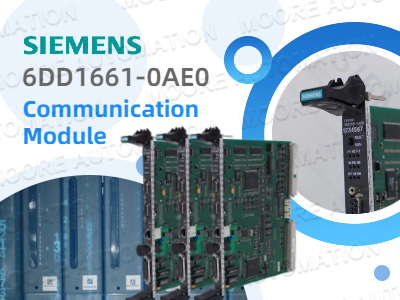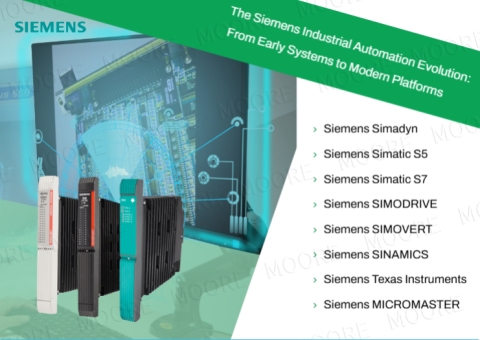Why Select the CI867AK01 Module? Key Features and Benefits The ABB CI867 module delivers exceptional value through its dual-protocol architecture supporting Modbus TCP and Ethernet/IP communications. This versatile interface solution enables seamless connectivity across PLCs, sensor networks, and human-machine interfaces, establishing itself as essential DCS spare parts for system maintenance and expansion projects. Engineers benefit from dual Ethernet ports supporting 10/100 Mbps data transfer alongside IP20 protection for challenging industrial environments. With power consumption maintained below 6 watts, the module provides an energy-conscious solution that reduces operational expenses while ensuring reliable performance in diverse application scenarios. How Does the CI867AK01 Enhance System Integration? Integration within the ABB DCS 800xA framework transforms the ABB CI867 into a powerful connectivity enabler. The module serves as sophisticated Distributed Control System replacement parts, bridging the gap between core control systems and field devices while maintaining continuous data flow. This capability proves particularly valuable in energy generation, manufacturing operations, and chemical processing facilities where uninterrupted communication is non-negotiable. By consolidating protocol translation functions, the CI867AK01 eliminates the need for additional hardware components, resulting in streamlined network architectures and reduced system complexity for operational teams. Technical Specifications: Performance and Reliability Operating on standard 24V DC power, the ABB CI867 maintains operational integrity across temperature ranges from 0°C to +60°C, with storage capabilities extending from -40°C to +85°C. The redundant Ethernet interfaces ensure communication continuity during network disruptions, providing critical failover protection for mission-critical applications. When procuring from authorized DCS module supplier channels, customers receive genuine components meeting original specifications. The module's efficient power design contributes to lower energy consumption profiles, supporting sustainability initiatives while maintaining peak performance levels in demanding industrial settings. Certifications and Global Compliance Standards International certifications including CE and UL markings confirm the ABB CI867 compliance with global safety and quality requirements. These certifications validate adherence to European and North American standards, ensuring safe deployment across international projects. The module's certification portfolio makes it suitable for global operations while maintaining consistent performance benchmarks. As certified Distributed Control System replacement parts, these modules provide assurance of quality and reliability for system integrators managing multi-national installations and requiring standardized components across different geographic regions. Simplified Installation and Documentat...
Read More




















 IPv6 network supported
IPv6 network supported